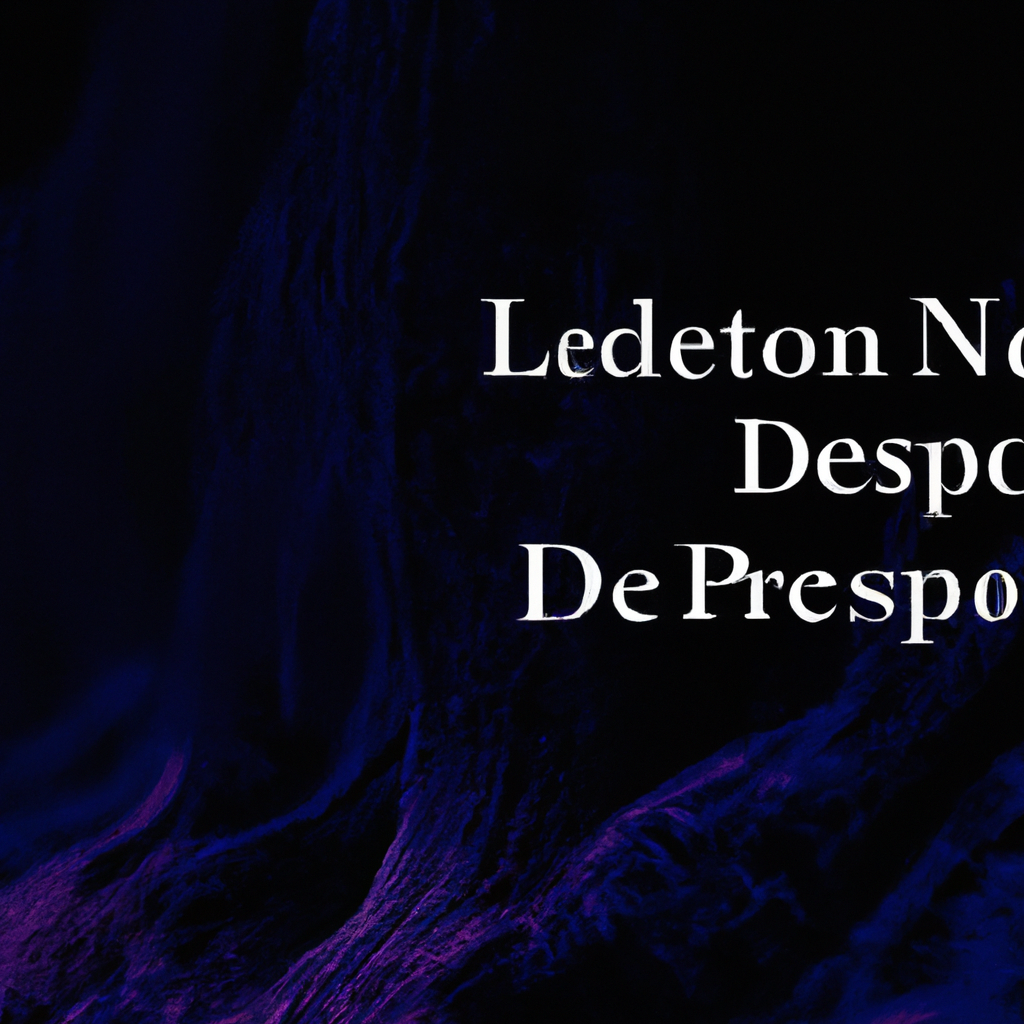Exploring the Potential of Deep Learning in Natural Language Understanding
Table of Contents
Exploring the Potential of Deep Learning in Natural Language Understanding
# Introduction
In the realm of artificial intelligence and machine learning, natural language understanding (NLU) has garnered significant attention. NLU aims to equip machines with the ability to comprehend and interpret human language. It plays a crucial role in various applications, such as chatbots, virtual assistants, sentiment analysis, and language translation. Traditional approaches to NLU have relied on rule-based algorithms and statistical methods. However, the emergence of deep learning has revolutionized the field, offering promising opportunities for more advanced and accurate natural language understanding. This article delves into the potential of deep learning in NLU and highlights some of the classic and contemporary algorithms that have shaped the landscape.
# Deep Learning in Natural Language Understanding
Deep learning, a subfield of machine learning, is characterized by the use of artificial neural networks with multiple layers. These networks are capable of learning hierarchical representations of data, enabling them to extract intricate patterns and features. In the context of NLU, deep learning models have exhibited remarkable performance improvements over traditional approaches.
One of the key advantages of deep learning in NLU is its ability to automatically learn representations of textual data. This alleviates the need for manual feature engineering, which was a labor-intensive and error-prone process in traditional approaches. Deep learning models can automatically capture the semantic and syntactic aspects of language, allowing for more accurate and efficient understanding.
# Classic Algorithms in NLU
Before delving into the potential of deep learning in NLU, it is essential to acknowledge the contributions of classic algorithms that have paved the way for advancements in this domain. Some of the fundamental algorithms include:
Hidden Markov Models (HMMs): HMMs have been widely used in speech recognition and part-of-speech tagging tasks. They model the underlying probabilistic relationships between observed data and hidden states, making them suitable for sequential data analysis.
Conditional Random Fields (CRFs): CRFs have been instrumental in tasks such as named entity recognition and information extraction. They model the conditional probabilities of labels given the observed data, allowing for effective sequence labeling.
Support Vector Machines (SVMs): SVMs have been leveraged for text classification and sentiment analysis tasks. They aim to find an optimal hyperplane that separates different classes of data points, maximizing the margin between them.
These classic algorithms have laid the foundation for NLU research and have demonstrated remarkable performance in various applications. However, they often rely on handcrafted features and lack the ability to capture complex relationships and patterns in language.
# Deep Learning Architectures for NLU
Deep learning algorithms have emerged as a powerful tool for NLU, delivering state-of-the-art results in numerous tasks. Some of the prominent architectures include:
Recurrent Neural Networks (RNNs): RNNs are designed to handle sequential data, making them suitable for tasks like sentiment analysis and language modeling. They leverage recurrent connections to propagate information across time steps, capturing the temporal dependencies in language.
Long Short-Term Memory (LSTM): LSTMs are a variant of RNNs that address the issue of vanishing gradients, which can hinder the learning process in traditional RNNs. LSTMs have achieved remarkable success in tasks requiring long-term dependencies, such as language translation.
Convolutional Neural Networks (CNNs): Although primarily utilized in computer vision, CNNs have also been applied to NLU tasks. They excel in capturing local patterns and features, making them effective in tasks like text classification and sentiment analysis.
Transformer Models: Transformer models, such as the acclaimed BERT (Bidirectional Encoder Representations from Transformers), have revolutionized NLU. These models leverage attention mechanisms to capture contextual relationships between words, leading to significant improvements in tasks like question answering and language understanding.
# The Potential of Deep Learning in NLU
Deep learning models have demonstrated their potential in various NLU tasks, surpassing the performance of traditional algorithms in many cases. Some of the notable advantages of deep learning in NLU include:
End-to-End Learning: Deep learning models can learn directly from raw text data, eliminating the need for manual feature engineering. This enables end-to-end learning, where the model takes raw text input and produces meaningful outputs, simplifying the NLU pipeline.
Semantic Understanding: Deep learning models, particularly transformer-based architectures, excel in capturing semantic relationships between words. This enables a deeper understanding of language, allowing for more accurate sentiment analysis, question answering, and machine translation.
Transfer Learning: Deep learning models can leverage pre-trained representations on large-scale datasets, enabling transfer learning. This means that models trained on one task can be fine-tuned on a smaller task-specific dataset, leading to improved performance and faster convergence.
Contextual Understanding: Deep learning models, especially those employing attention mechanisms, have the ability to capture contextual relationships between words. This contextual understanding facilitates the comprehension of complex sentences, idiomatic expressions, and ambiguous language constructs.
# Conclusion
Deep learning has ushered in a new era of natural language understanding, providing advanced models that excel in capturing complex patterns and representations in language. The classic algorithms in NLU have laid the groundwork for these advancements, but deep learning models have surpassed their performance across various tasks. The potential of deep learning in NLU lies in its ability to learn representations automatically, capture semantic relationships, facilitate transfer learning, and comprehend contextual nuances. As the field continues to evolve, it is crucial for researchers and practitioners to explore the potential of deep learning approaches and leverage their capabilities to enhance natural language understanding further.
# Conclusion
That its folks! Thank you for following up until here, and if you have any question or just want to chat, send me a message on GitHub of this project or an email. Am I doing it right?
https://github.com/lbenicio.github.io

